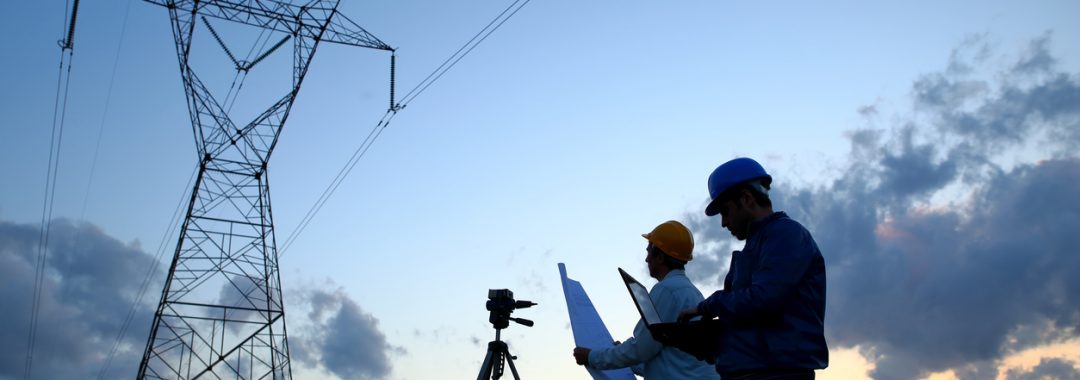This article was written by, Bryan Schriiffer M Prof Studs (Transport). Dip Mgmt. NZIM. CIP’s.
Over the next two weeks Rowe Advisory will present three posts in total on…
Meeting the Changing and Growing Needs for Capital Projects
Projects in several sectors including energy, mining, industrial and civil construction have always been seen as a high risk / high-reward businesses, yet the risk factors such as price volatility, geopolitics, regulatory climate and environmental have become more difficult to manage. Commodity price fluctuations are nowadays more related to macroeconomic and political factors than supply and demand factors in a supply chain.
- Projects are more complex and risky due to the uncertain global socio-economic environment (e.g. political climate, resource nationalism, security risks, trade and financial sanctions, etc.)
- Investments in regions without mature legal or regulatory frameworks (e.g. unrealistic local content, ambiguous project approvals, government price vulnerability and the ever-increasing possibility of corruption)
- Price distortions among regions caused by supply chain constraints are often create opportunities (e.g. political tensions or other speculative factors)
- Delay building or revamping infrastructures outside project scopes can cause a bottleneck in construction or production (e.g. inadequate export pipeline, unreliable infrastructure or power supplies, constrained port terminal and poor systems and processes)
- Rising project costs have played an important role in the decline of regional manufacturing, mining or energy production projects profitability are causing a large number of capital projects to face cost overruns and / or delays
- After years of sustained high commodity prices some projects have dropped significantly outside the acceptable threshold of returns required by shareholders, these are either shelved or mothballed until the commodity price recovers, like coal
The accuracy of the cost estimate is critical for decision-makers to choose whether or not to proceed to the next phase of the project:
- Over-estimate can lead to decisions to terminate an economic project (or lucrative business opportunity)
- Under-estimate can lead to significant cost and schedule overruns and in some cases costly decisions to terminate the project in a late-stage
Key factors to consider when developing a cost estimate:
- Understand the purpose of the cost estimate (e.g. feasibility, budget authorization, control, etc.)
- Understand the cost estimating capability available within the organisation in terms of processes, resources and tools
- Understand the level of project definition to provide the level of accuracy of the cost estimate (e.g. -10% to +20%)
- Understand the quality of the project information available during the cost estimate
- Understand and estimate the cost impact ranges from risks, uncertainties and opportunities
- Understand the cost estimate is one of the most important pieces of information to determine the economic feasibility of the project and approval to proceed to the next project phase
Next Post will… .
Discuss Project Cost Risk Analyses
Rowe Advisory has in-depth experience in dealing with similar range of capital project issues and risks from companies in your industry. Rowe Advisory are able to provide targeted assistance and add value to your capital project program.
Contact Rowe Advisory for a confidential discussion
Phone: (07) 3201 1104
or Email:
Queensland bryan@roweadvisory.com.au
Victoria lucy@roweadvisory.com.au
South Australia richard.p@roweadvisory.com.au
Chief Executive Officer jody@roweadvisory.com.au
